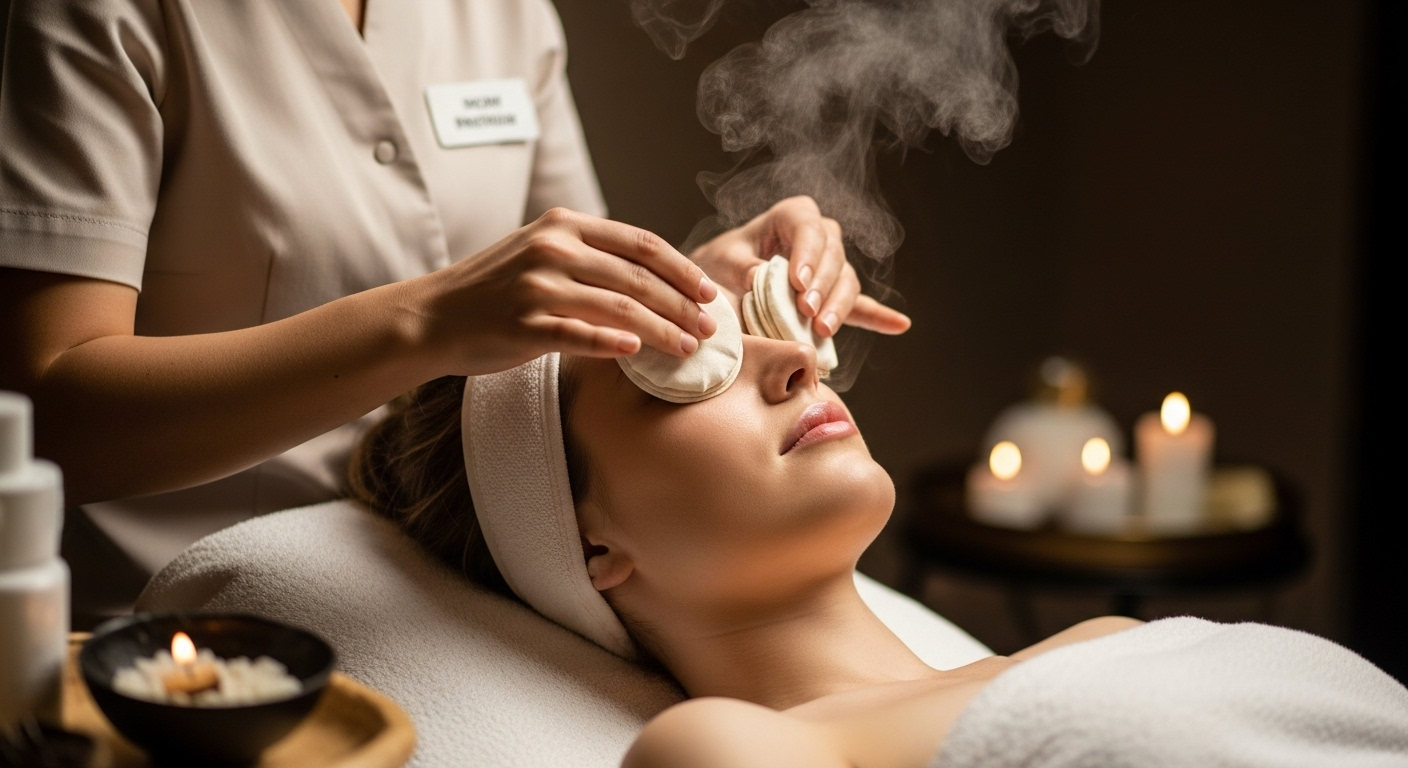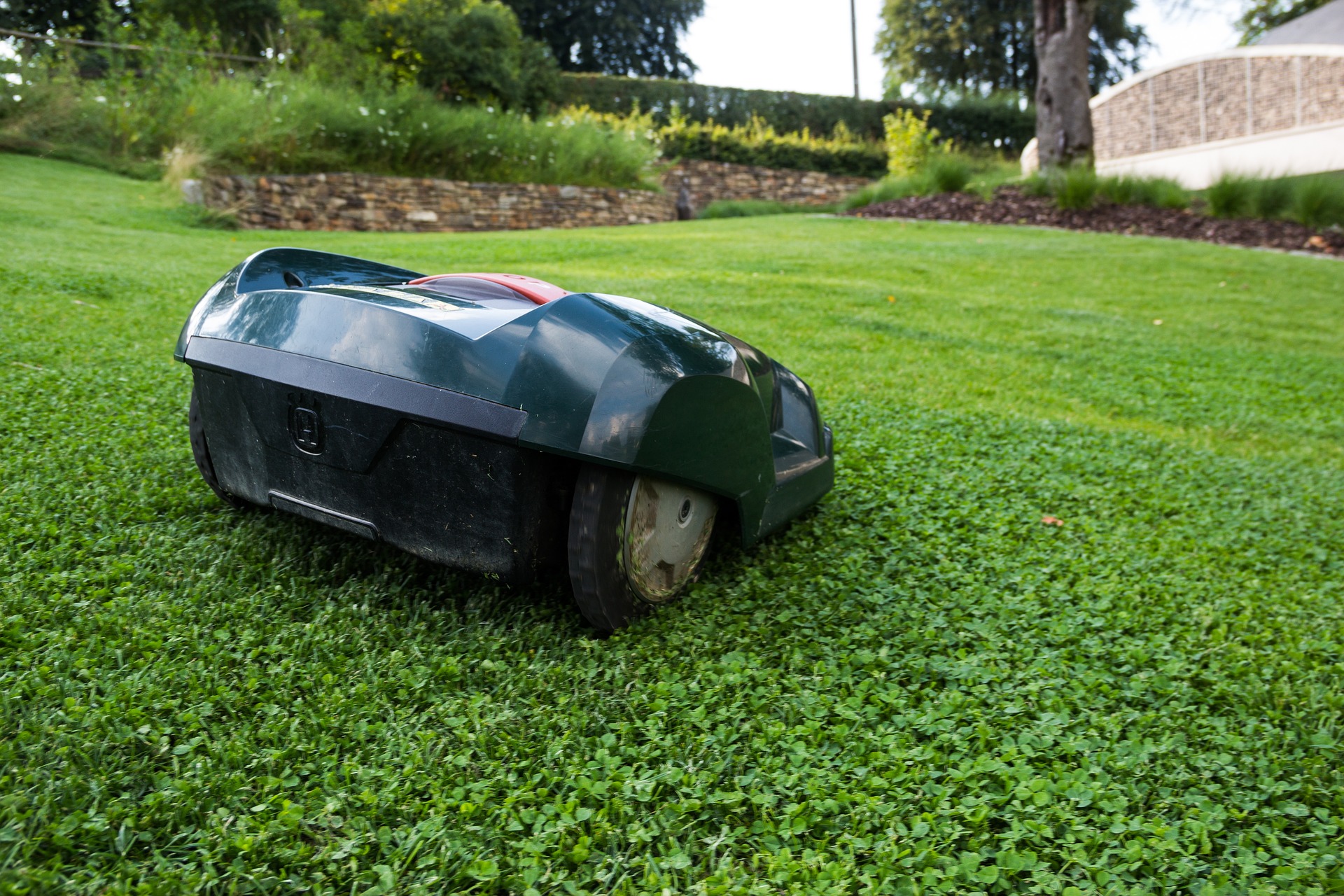The Resurgence of Traditional Beauty Rituals in Modern Skincare
In our fast-paced, technologically advanced world, one might assume that the future of beauty lies in cutting-edge scientific breakthroughs. However, a surprising trend is emerging that challenges this notion. Traditional beauty rituals, some dating back thousands of years, are making a resurgence in the modern skincare market. This article explores why these ancient practices have stood the test of time and how they are being incorporated into current beauty routines.

Touching Base With The Past: The Roots of Traditional Beauty Rituals
Traditional beauty rituals have been an integral part of human culture for millennia. From the ancient Egyptians who used kohl to enhance their eyes to the Romans who enjoyed mud baths for their skin, people have always sought methods to enhance their beauty. These practices were not merely superficial but were interwoven with spiritual and wellness aspects.
Over time, some of these rituals lost their significance as the beauty industry became more commercialized and focused on quick fixes. However, as consumers become more educated about the ingredients in their products and their impact on the skin, they are turning back to these time-tested techniques.
The Power of Nature: Ingredients in Traditional Beauty Rituals
Many traditional beauty rituals emphasize the use of natural ingredients. For example, Indian Ayurvedic practices utilize turmeric, a powerful anti-inflammatory and antioxidant, for skin brightening. Similarly, Japanese skincare rituals often involve seaweed, known for its hydrating and anti-aging properties.
These natural ingredients are not only effective but also align with the growing consumer demand for clean beauty. People are increasingly wary of synthetic ingredients and gravitate towards products that they perceive as safer and more sustainable. It is thus not surprising that these traditional beauty rituals, with their emphasis on natural ingredients, are gaining popularity.
The Modern Take: Ancient Rituals in Contemporary Skincare
The beauty industry has been quick to respond to this trend. Brands are integrating these traditional practices into their product lines, sometimes even highlighting them as a unique selling point. For instance, many skincare products now feature ingredients like green tea and ginseng, staples in traditional Korean beauty routines.
Moreover, several beauty techniques have also found their way into the modern skincare routine. The popularity of facial rolling, a technique used in ancient Chinese beauty rituals to promote lymphatic drainage and reduce puffiness, is a testament to this trend.
The Impact and Reception: Embracing the Old to Explore the New
The resurgence of traditional beauty rituals has been met with enthusiasm by consumers. They appreciate the holistic approach to beauty that these practices offer, combining skincare with elements of wellness and self-care. This trend also taps into the nostalgia for simpler times and the desire to connect with one’s roots.
However, it’s not only consumers who benefit. The beauty industry itself also gains from this trend. The integration of traditional rituals into modern skincare adds a touch of exoticism and mystique to products, making them more appealing to consumers. It also provides a rich source of inspiration for product development.
Looking Ahead: The Future of Traditional Beauty Rituals in Modern Skincare
The resurgence of traditional beauty rituals is not just a passing fad. Given the increasing consumer demand for natural, sustainable products and holistic beauty practices, it is likely that these ancient techniques will continue to play a significant role in modern skincare.
In fact, the line between traditional and modern beauty is becoming increasingly blurred. The future of beauty might not lie in scientific breakthroughs alone but in a fusion of the old and new. As we move forward, we can expect to see more innovative products that marry the wisdom of the past with the technology of the future.
In conclusion, traditional beauty rituals offer a rich reservoir of knowledge that can enhance our understanding of beauty and skincare. By embracing these practices, we not only honor our cultural heritage but also pave the way for a more sustainable and holistic approach to beauty.




